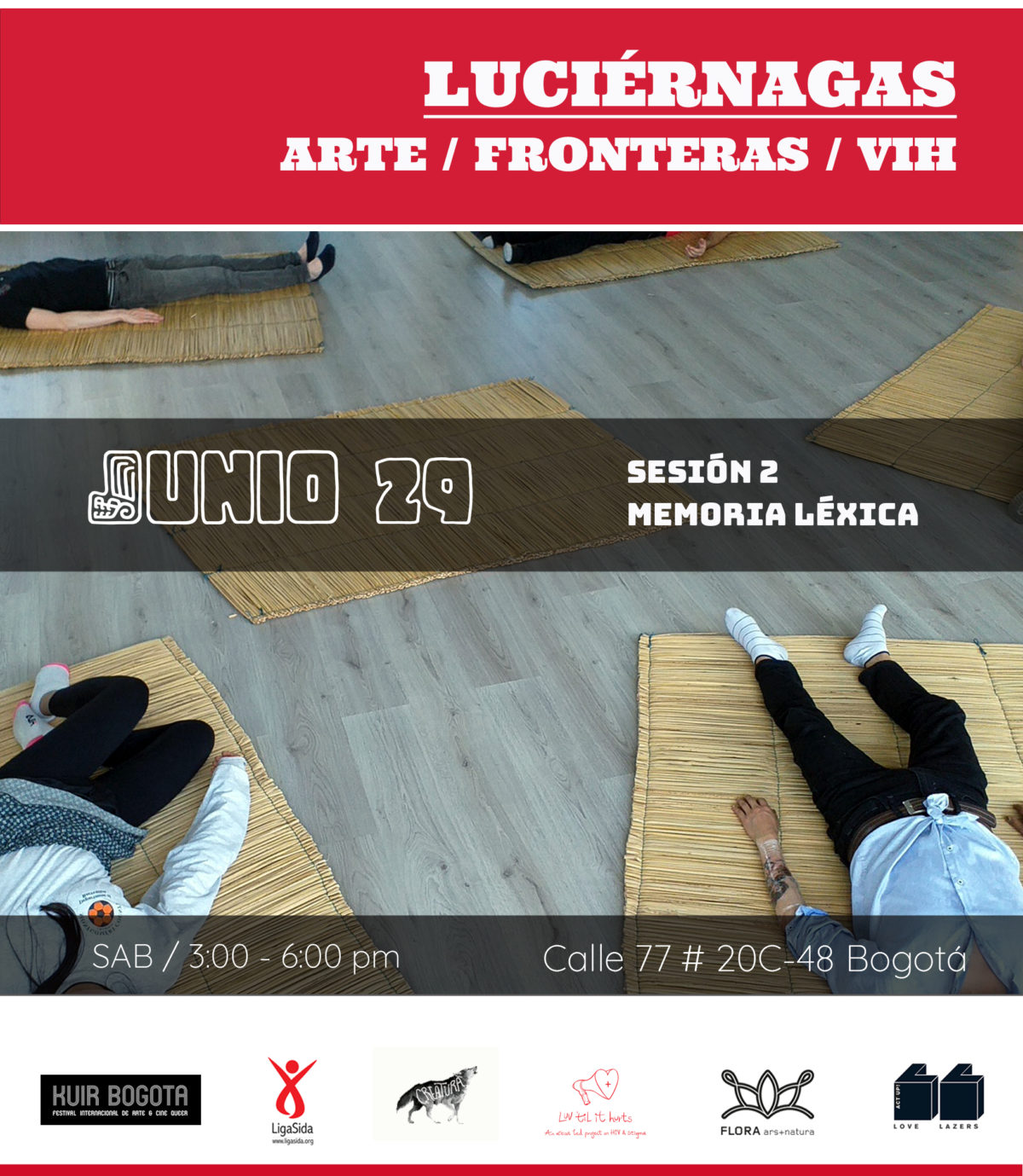Relatoría Sesión #1 – Contexto del cuerpo en las Artes
Laboratorio Luciérnagas
Relatoría 15 junio
sesión #1
Contexto del cuerpo en las Artes (para artistas y no artistas)
- Escuchamos la pieza sonora de John Cage “canción para Marcel Duchamp”.
- Hicimos cuadernos de notas para tomar anotaciones.
- ¿Por qué del laboratorio? Lineamientos.
- Cada uno habló de cómo se relaciona con los contenidos del laboratorio
Contexto del cuerpo en las artes:
Body art, Arte Conceptual, Performance, Danza, otros. El cuerpo como material.
Bruce Nauman (USA, 1941) es artista multimedia estadounidense,
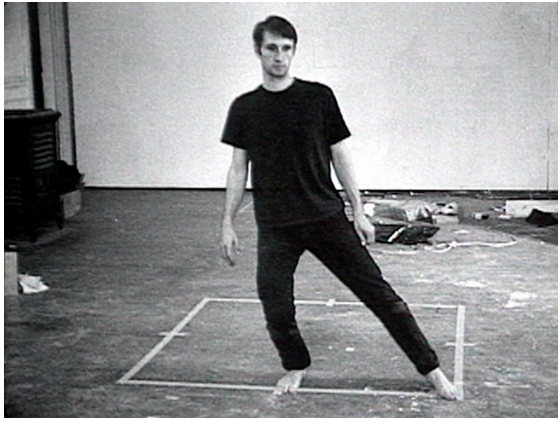
Yves Klein (1928 – 1962) fue un artista francés considerado como una importante figura dentro del movimiento neodadaísta.
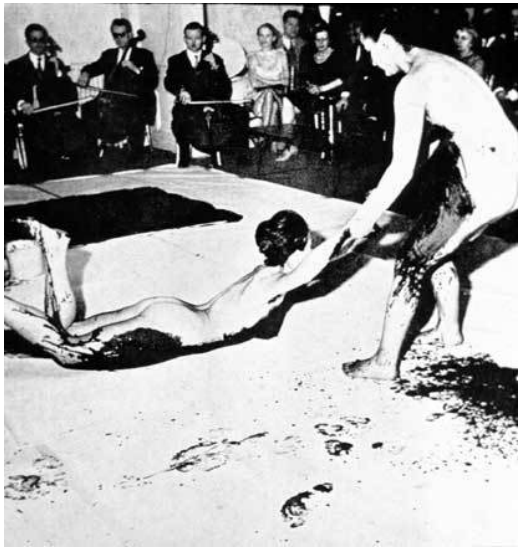
Fluxus es un movimiento artístico de las artes visuales en especial, pero también de la música, la literatura y la danza. Tuvo su momento más activo entre la década de los 60 y los 70 del siglo XX.
Estos fueron algunos de los miembros más importantes de Fluxus: George Maciunas, John Cage, Arman, Alan Kaprow, Joseph Beuys, Charlotte Moorman, George Brecht, Dick Higgins, Yoko Ono, Daniel Spoerri, Wolf Vostell y Robert Watts, entre otros.
Como Dada, FLUXUS escapó de toda definición y categorización.
Robert Filliou dice de FLUXUS: es un estado del espíritu, un modo de vida con soberbia libertad de pensar, expresar, elegir.
FLUXUS disuelve el arte en lo cotidiano.
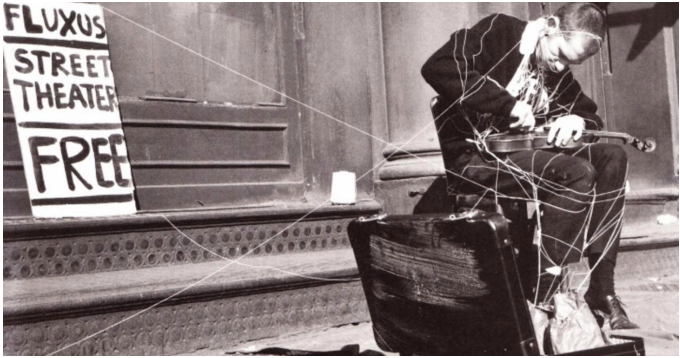
John Cage (Los Ángeles, 1912 – Nueva York, 1992) fue un compositor, instrumentista, filósofo, teórico musical, poeta, artista, pintor, aficionado a la micología y recolector de setas estadounidense. Pionero de la música aleatoria, de la música electrónica y del uso no estándar de instrumentos musicales, Cage fue una de las figuras principales
del avant garde de posguerra.
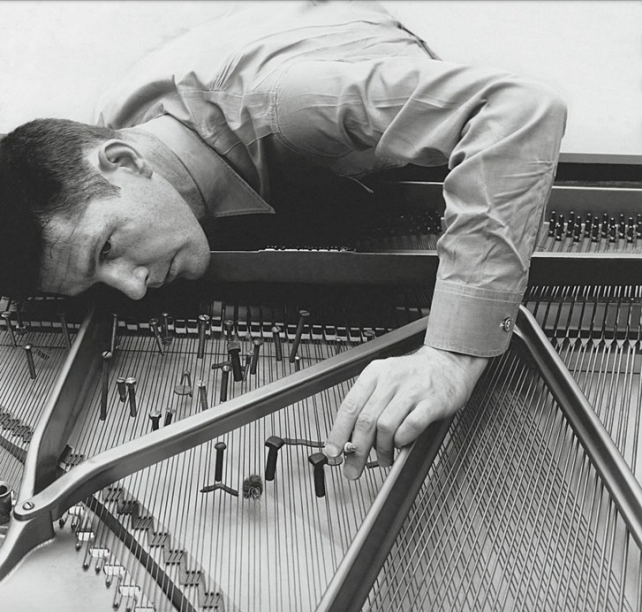
Merce Cunninham & John Cage
Merce Cunningham (Centralia, 1919 – Nueva York, 2009) fue
un bailarín y coreógrafo estadounidense.
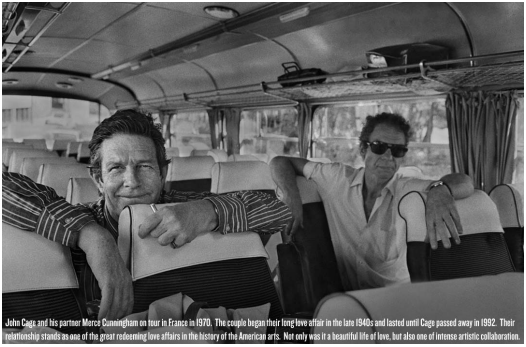

Marina Abramović artista serbia del performance que empezó su carrera a comienzos de los años 1970. Activa durante más de tres décadas, recientemente se ha descrito a sí misma como la “Madrina del arte de la performance”.
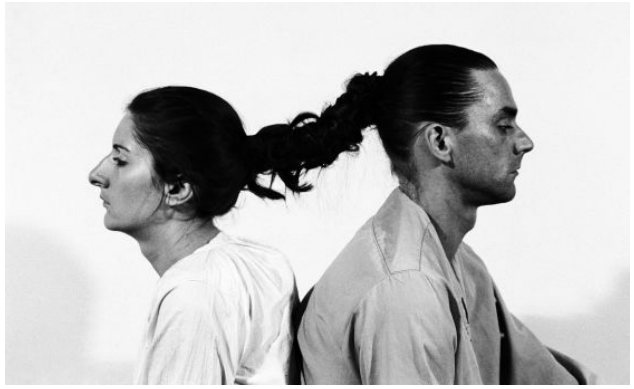
Martha Graham (Pittsburgh, 1894 — Nueva York, 1991) fue una bailarina y coreógrafa estadounidense de danza moderna.

Pina Bausch (Solingen 1940-Wuppertal, 30 de junio de 2009), fue una bailarina, coreógrafa y directora alemana pionera en la danza contemporánea.
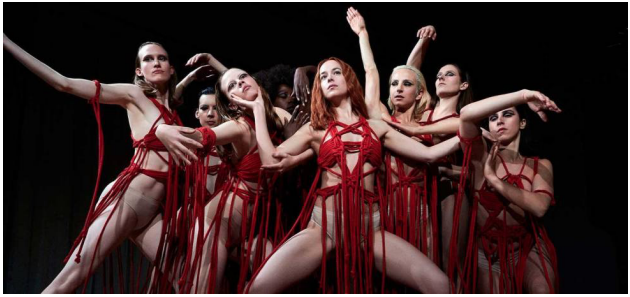
Cindy Sherman ( EUA, de 1954) es una fotógrafa y directora de cine estadounidense.
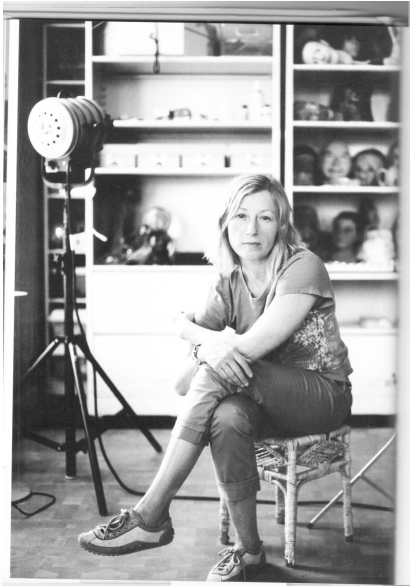
Pipilotti Rist (1962, Suiza) es una reconocida videoartista.

Sophie Calle (París, 1953) es una escritora, fotógrafa, directora y artista conceptual francesa. El principal objeto de su obra es la intimidad y de modo particular la suya propia. Para ello utiliza gran diversidad de medios de registro como libros, fotografías, vídeos, películas o performances.
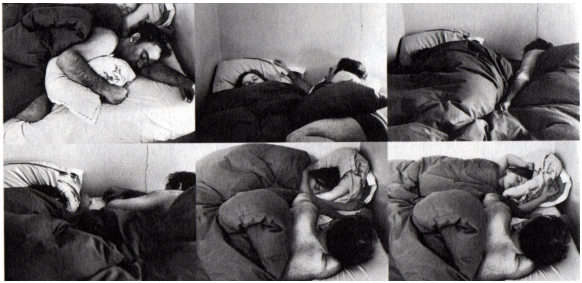
Contexto cuerpo artes Latinoamérica:
Pedro Lemebel (Santiago, 1952- ibídem, 23 de enero de 2015) fue un escritor, cronista y artista plástico chileno.
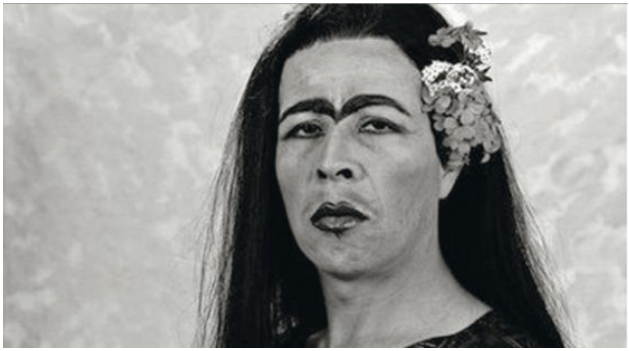
Hélio Oiticica (Río de Janeiro, 1937 – 1980) fue uno de los artistas plásticos brasileños más innovadores del siglo XX y actualmente es reconocido como una figura clave en el desarrollo del arte contemporáneo..
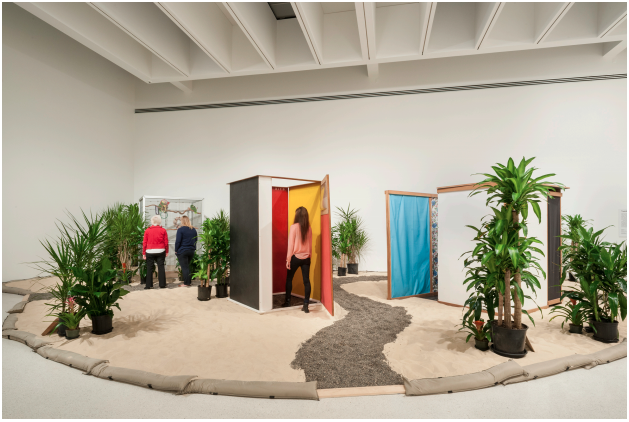
Lygia Clark (Belo Horizonte 1920 – Río de Janeiro 1988) fue una artista brasileña, co-fundadora del Movimiento Neoconcreto, comprometida con redefinir la relación entre el arte y el ser humano a nivel conceptual y sensorial. Realizó pinturas, esculturas y acciones sensoriales vinculadas al arte y a la psicoterapia.
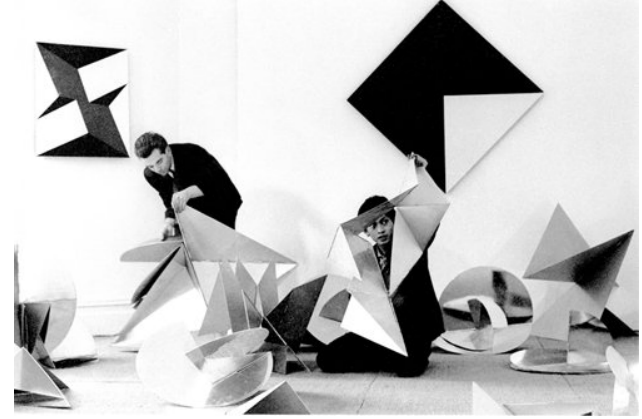
María Teresa Hincapié (Armenia, Colombia, 1956 – Bogotá, Colombia, 2008) fue una artista de expresión de danza corporal y performance colombiana.
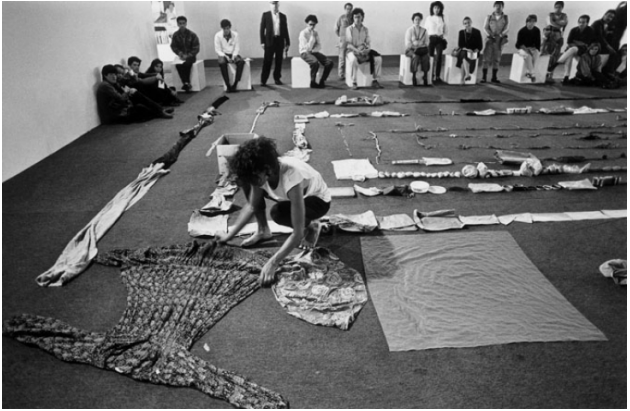
María Evelia Marmolejo Cali 1958. Es una artista feminista colombiana radical, más tarde con sede en Madrid y la ciudad de Nueva York. Se le atribuye la primera obra escénica de performance feminista en Colombia, en 1981
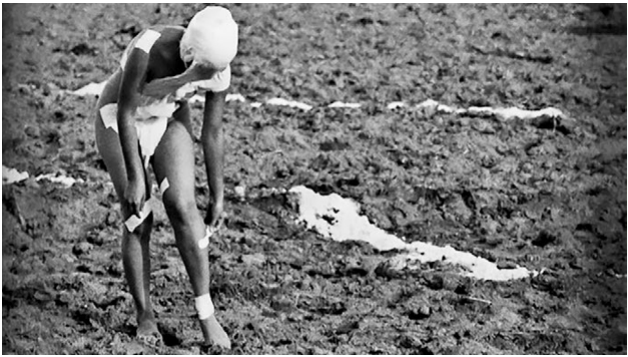
Helena producciones:
www.helenaproducciones.org
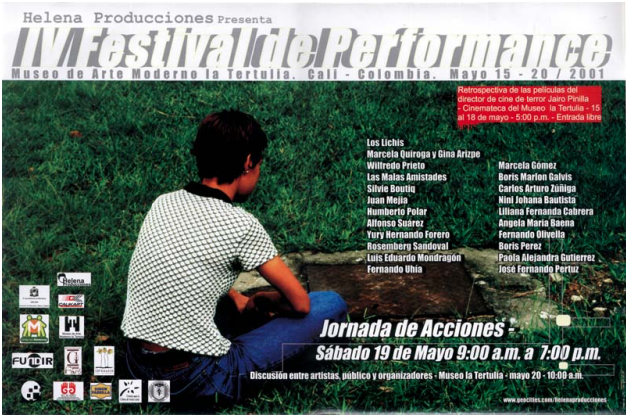
María José Arjona (Colombia, 1973)
María José Arjona es considerada la artísta performática más importante de Colombia. Ha llevado su trabajo a Italia, Alemania, Austria, entre otros países.
“El arte debe volver a darle valor al cuerpo femenino”
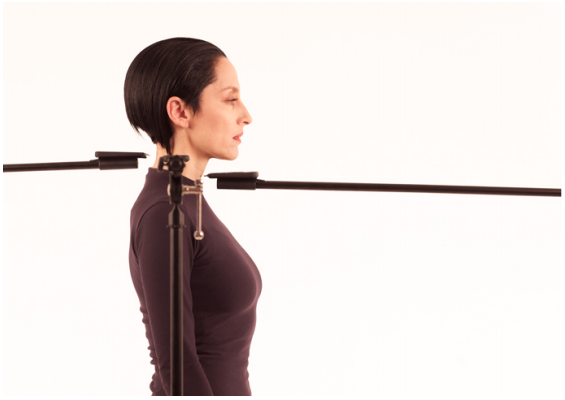
Regina José Galindo (Ciudad de Guatemala, 1974) es una artista
visual, performer y poeta guatemalteca especializada en body-art. Su obra se caracteriza por su explícito contenido político, reconociéndose a sí misma como feminista.

Ana Mendieta (La Habana 1948 – Nueva York 1985) fue una artista conceptual, escultora, pintora y videoartista nacida en Cuba y criada en Estados Unidos. Es especialmente reconocida por sus obras de arte y performances en el marco del land art (arte terrestre).

Francis Alÿs es un artista multidisciplinario nacido en Amberes, Bélgica en 1959. Vive y trabaja en la Ciudad de México desde 1986.
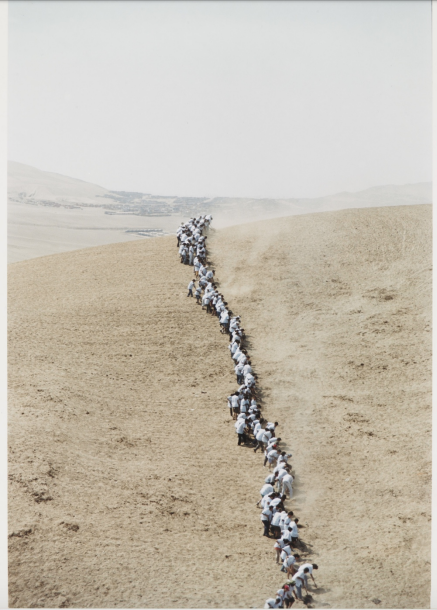
José Esteban Muñoz (1967 – 2013) fue un académico norteamericano de nacionalidad cubana en los campos de estudios de rendimiento, cultura visual, teoría queer, estudios culturales, y teoría crítica. Su primer libro, Disidentifications: Queers of Color and the Performance of Politics (1999) examina la performatividad, activismo, y supervivencia de las personas queer y minorías étnicas a través de la óptica de estudios de performatividad.
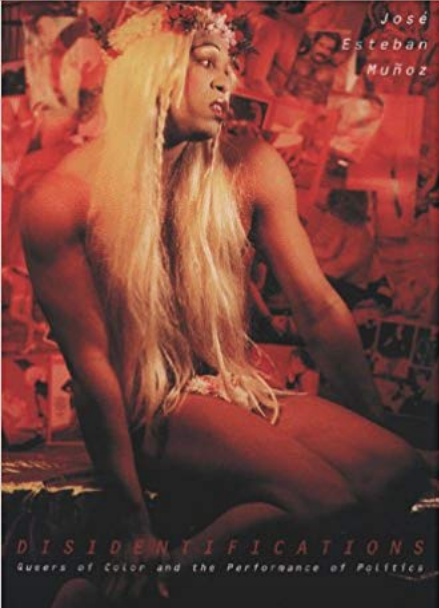
Rafa Esparza (born in 1981)
Rafa Esparza es una artista de performance estadounidense que vive en Los Ángeles. Su trabajo a menudo toma la forma de actuaciones físicamente exhaustivas e instalaciones construidas con ladrillos de adobe.
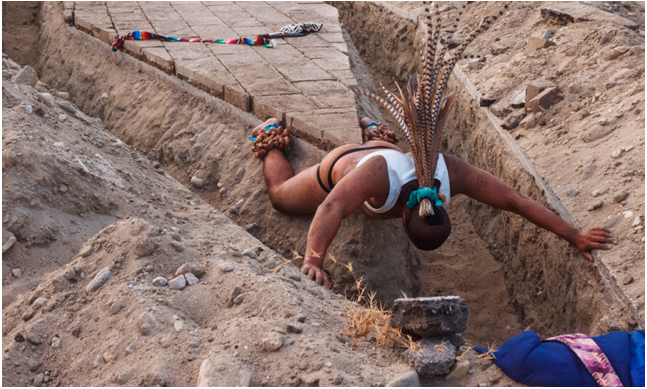
Los siguientes nombres y conceptos fueron sugeridos por los participantes del laboratorio:
Astrid Hadad (n. Chetumal, 26 de febrero de 1957) es una actriz, cabaretera, y cantautora mexicana de ascendencia mayalibanesa. Es creadora del heavy nopal o neo ranchero, un estilo de performance musical de fusión que caracteriza sus presentaciones
Sergio Zevallos: 1962 en Lima, Perú. Reside en Berlin, Alemania. Pertenecía al grupo Chaclayo.
Jesusa Rodríguez Ramírez (Ciudad de México, 1955) es una directora de teatro, actriz, artista de performance y actualmente Senadora de la República Mexicana por el partido Morena.
Mapa Teatro. compañía de teatro contemporáneo y artes visuales, Bogotá.
Nadia Granados 1978 Bogotá. Artista de performance colombiana que usa su cuerpo en combinación con tecnologías multimedia para explorar las relaciones entre la representación de la violencia estatal.
• Las notas, fechas e informaciones de los artistas fueron obtenidas de google y Wikipedia en su mayoría.
____________________________________________
Luciérnagas Lab
June 15th report
session #1
The context of the body in the arts (for artists and non-artists)
- We listened to John Cage’s sound piece “Music for Marcel Duchamp”
- We made notebooks to take notes on.
- Why the lab? Guidelines.
- Each one spoke of how he/she relates to the contents of the lab.
The context of the body in the arts:
Body art, Conceptual art, Performance, Dance, others. The body as material.
Bruce Nauman (USA, 1941) is a multimedia artist from the United States.

Yvez Klein (1928 – 1962) was a French artist, considered an important figure in the neodadaist movement.

Fluxus is an artistic movement in the visual arts in particular, but also of in music, literature, and dance. It had its most active moment between the decade of the 60s and 70s of the 20th century.
These were some of the most important Fluxus members : George Maciunas, John Cage, Arman, Alan Kaprow, Joseph Beuys, Charlotte Moorman, George Brecht, Dick Higgins, Yoko Ono, Daniel Spoerri, Wolf Vostell and Robert Watts, among others.
Like Dada, FLUXUS escaped from all definition and categorization.
Robert Filliou says about FLUXUS: a spiritual state, a way of life with superb freedom of thought, expression, and election.
FLUXUS dissolves art into the everyday.

John Cage (Los Angeles, 1912 – New York, 1992) was a composer, instrumentalist, philosopher, music theorist, poet, artist, painter, mycology enthusiast, and collector of mushrooms from the United States. Pioneer of aleatoric music, electronic music, and non-standard uses of musical instruments, Cafe was one of the main figures of the post-war avant-garde. J

Merce Cunninham & John Cage
Merce Cunningham (Centralia, 1919 – New York, 2009) was a dancer and choreographer from the United States.


Marina Abramovic is a Serbian performance artist who started her career in the beginning of the 1970s. Active for more than three decades, she has recently described herself as the “Godmother of performance art.”

Martha Graham (Pittsburgh, 1894 — New York, 1991) was a modern dance dancer and choreographer from the United States.

Pina Bausch (Solingen 1940-Wuppertal, June 30th 2009), was a dancer, choreographer and German director pioneer in contemporary dance.

Cindy Sherman (USA, 1954) is a photographer and movie director from the United States.

Pipilotti Rist (1962, Switzerland) is a recognized video artist.

Sophie Calle (Paris, 1953) is a French writer, photographer, director and conceptual artist. The main subject of her works is intimacy and, in particular, her own. She makes use of a great diversity of mediums for recording, such as books, photography, videos, movies, or performances.

Latin America body arts context:
Pedro Lemebel (Santiago, 1952 – Ibídem, January 23 of 2015) was a Chilean writer, chronicler and artist.

Hélio Oiticica (Rio de Janeiro, 1937 – 1980) was one of the most innovating Brazilian artists of the 20th century, and is currently recognized as a key figure in the development of contemporary art..

Lygia Clark (Belo Horizonte 1920 – Rio de Janeiro 1988) was a Brazilian artist, co-founder of the Neoconcrete Movement, committed to redefining the relationship between art and human beings, in a conceptual and sensorial level. She realized a lot of paintings, sculptures, and sensorial actions related to art and psychotherapy.

María Teresa Hincapié (Armenia, Colombia, 1956 – Bogotá, Colombia, 2008) was a Colombian artist of body dancing expression and performance.

María Evelia Marmolejo Cali 1958. Is a radical Colombian feminist artist, later based in Madrid and New York City. The first scenic work of feminist performance in Colombia is attributed to her, in 1981

Helena producciones:
www.helenaproducciones.org

María José Arjona (Colombia, 1973)
María José Arjona is considered the most important performance artist in Colombia. She has taken her work to Italy, Germany, Austria, among other countries.
“ art must go back to giving value to the female body”

Regina José Galindo (Guatemala City, 1974) is a Guatemalan visual artist, performer, and poet, specialized in body-art. Her work is characterized by its explicit political content, recognizing herself as a feminist.

Ana Mendieta (La Habana, 1948 — New York 1985) was a conceptual artist, sculptor, painter and video artist born in Cuba and raised in the United States. She is especially recognized for her works of art and performances within the context of land art.

Francis Alys is a multidisciplinary artist born in Antwerp, Belgium in 1959. He lives and works in Mexico City since 1986.

José Esteban Muñoz (1967 — 2013) was a North American academic of Cuban nationality in the fields of performance, visual culture, queer theory, cultural studies, and critical theory. His first book, Disidentifications: Queers of Color and the Performance of Politics (1999) examines performativity, activism, and survival of queer people and ethnic minorities, through the optics of performance studies.

Rafa Esparza (born in 1981)
Rafa Esparza is a performance artist from the United States who lives in Los Angeles. His work often takes the shape of physically exhausting actions and installations built with adobe tiles.

The following names and concepts were suggested by the lab’s participants:
Astrid Haddad (b. Chetumal, February 26th of 1957) is a Mexican actress, cabaret dancer, and singer-songwriter of Mayan-Lebanese descent. She is the creator of heavy nopal or neo ranchero, a style of fusion musical performance that characterizes her presentations.
Sergio Zevallos: 1962 in Lima, Peru. He lives in Berlin, Germany. He belonged to the Chaclayo group.
Jesus Rodriguez Ramírez (Mexico City, 1955) is a theater director, actress, performance artist and currently Senator of the Mexican Republic for the Morena party.
Mapa Teatro. contemporary theatre company and visual arts, Bogotá.
Nadia Granados 1978 Bogotá. Colombian performance artist who uses her body in combination with multimedia technologies to explore the relationships between the representation of state violence.
• The majority of the artists’ notes and informations were obtained from google and Wikipedia.
Venezuela, Bogotá
Luciérnagas Laboratorio: Arte | fronteras | VIH proyecto de arte por Daniel Santiago Salguero
Querido Todd. Respondiendo a tus preguntas del último correo te cuento: Efectivamente la crisis Venezolana ha traído una cantidad inmensa de personas de Venezuela a Colombia. Es la migración interna más grande en la historia reciente de Sur América. Se habla de hasta cuatro millones de venezolanos que están ahora en Colombia. Esto ha transformando el territorio cultural. Han llegado a asentarse en todas las ciudades de Colombia, inclusive en las islas del Caribe o en territorios rurales distantes de las ciudades. Muchos vinieron en una primera ola, quizás donde hubo más oportunidades o eran personas con preparación profesional. Ahora no es así, vienen las personas más pobres y en las situaciones más difíciles. Vienen inclusive hasta Bogotá caminando desde Venezuela. Atraviesan páramos y se enfrentan con la actitud xenófoba de muchos colombianos que no toleran su situación. No recuerdan por ejemplo que fueron los colombianos lo que emigraron a Venezuela en nuestra crisis económica y de violencia en los años noventas. Se dice que han regresado más de 300.000 colombianos que vivían en Venezuela. También se dice que la situación acá para los Venezolanos está tan difícil que muchos se están regresando a su país, se dice que se ven personas caminando por las carreteras hacia Colombia y otras ya regresandose a Venezuela. La relación específica y que interesa con respecto al VIH es que en Venezuela ya no hay medicinas para atender el virus. Así que quienes tienen VIH en Venezuela deben salir del país en una situación aún más vulnerable que las de los otros migrantes. Deben además de buscar techo, trabajo, arraigo, buscar su medicina, que es muy costosa y que el gobierno colombiano solo suministra a personas nacidas en el país a través del sistema de salud público. La situación está desbordada por muchos lados. Por ejemplo hasta la semana pasada se dio nacionalidad colombiana a más de 24.000 niños que habían nacido de padres venezolanos en territorio colombiano y que hasta ahora no tenían nacionalidad, ya que los consulados venezolanos están cerrados o no existen mas. Cómo vez, son muchas las aristas y hechos por analizar en medio de la debacle. Se dice que esto traerá muchos cambios sociales, y culturales, como se ha visto que ha sucedido en las grandes migraciones a nivel mundial y local. Ayer oí en la radio, están entrando alrededor de cincuenta mil venezolanos diariamente por la frontera a Colombia. A través del laboratorio estamos desentrañado estas historias, informaciones, estadísticas, subjetividades. Entender y encontrar información nos ayuda a situarnos en el territorio que habitamos. Desde el laboratorio intentaremos dar voz y espacio para reflexionar sobre estas urgentes temáticas.
El laboratorio está siendo tomado por personas en su mayoría colombianos. Casi todos tienen VIH y llegaron al laboratorio a través de la Liga Colombiana de lucha contra el sida, un aliado definitivo para el laboratorio.
El laboratorio consta de 10 sesiones temáticas, de las que ya llevamos cinco: El cuerpo en las artes, Memoria Léxica, Arte y fronteras, Arte y VIH, Grupo de estudio y redes de afecto. Estas sesiones han traído charlas y colaboraciones muy esclarecedoras de la situación. Cómo ya sabes la idea es hacer un performance final en espacio público, al parecer sucederá durante la noche del 25 de octubre en el Jardín Botánico de Bogotá. Las sesiones son abiertas y gratuitas para la comunidad. Por lo general nos encontramos en grupos de 8 a 15 personas. La idea es que haya un grupo constante, creo que serán unas diez personas posiblemente las que lleguen hasta el final del laboratorio para la presentación. La metodología de trabajo para este performance viene de herramientas que adquirí en la Maestría de Teatro y Artes Vivas que hice en la Universidad Nacional de Bogotá hace unos años. Esta maestría es dirigida en gran parte por los directores de la compañía de teatro Mapateatro, que tiene un interés especial en poéticas relacionadas a la memoria, lo político y social.
____________________________________________
Luciérnagas Laboratory: Art | borders | HIV art project by Daniel Santiago Salguero
Dear Todd. In response to your questions from your last e-mail, let me tell you: Indeed, the crisis in Venezuela has brought a huge amount of people from Venezuela to Colombia. It is the biggest internal migration in recent South American history. It is said that there are almost four million Venezuelans in Colombia now. This has transformed the cultural terrain. They have settled in all towns across Colombia, including in the Caribbean islands and in rural locations, far away from the big cities. Many have come over in a single first wave, perhaps to where there were more opportunities, or they were people who came with a specific professional training. Now it is no longer like that, the people who are coming are poorer and in more difficult situations. They even walk from Venezuela all the way to Bogotá. They cross moors and confront the xenophobic attitudes of many Colombians who do not tolerate the situation. These Colombians do not remember, for example, that it was them who emigrated to Venezuela in the nineties during the crisis afflicted by economics and violence. It is said that more than 300,000 Colombians who lived in Venezuela have returned. It is also said that the situation here for Venezuelans is so difficult that many are returning to their country, and that people are seen walking on the highways to Colombia while others are returning to Venezuela. The specific relationship to HIV is that Venezuela no longer has the medicine for the virus. So those who have HIV in Venezuela must leave the country in an even more vulnerable position than the that of the other migrants’. Asides from looking for a roof, work, and some rooting, they must also look for their medicine, which is very expensive and the Colombian government only supplies through the public health system to people who were born in the country. The situation is overstressed in many ways. For example, up until last week, the Colombian nationality was given to more than 23,000 children who were born from Venezuelan parents on Colombian territory, and who up until now did not have a nationality, since the Venezuelan consulates have been closed down, or no longer exist. As you can see, there are many sides and facts to analyze within the debate. People say that this will bring about many social and cultural changes, as we have seen has happened in large migrations on both global and local scales. Yesterday I heard on the radio that there are over fifty thousand Venezuelans entering, daily, through the Colombian border. In the labs, we have been unraveling these stories, informations, statistics, and subjectivities. Understanding and finding information helps us situate ourselves in the territory in which we inhabit. In the lab, we try to give voice and space to reflect on these urgent themes.
The lab is being used by Colombians in majority. Almost all of them have HIV and arrived at the lab through the Liga Colombiana de lucha Contra el Sida, a definite ally to the lab.
The lab features 10 thematic sessions, five of which we have already done: The body in the arts, Lexical Memory, Art and borders, Art and HIV, Study group and networks of affect. These sessions have brought talks and collaborations that have been very clarifying about the situation. As you already know, the idea is for there to be a constant group, and I believe there will likely be around ten people who will arrive before the end of the lab for the presentation. The work methodology for this performance comes from tools that I have acquired during my Master’s in Theater and the Living Arts, which I completed at the National University of Bogotá some years ago. This Master’s is managed in large part by the directors of the Mapateatro theater company, which has a special interest in poetics that are related to memory and to that which is political, as well as social.



